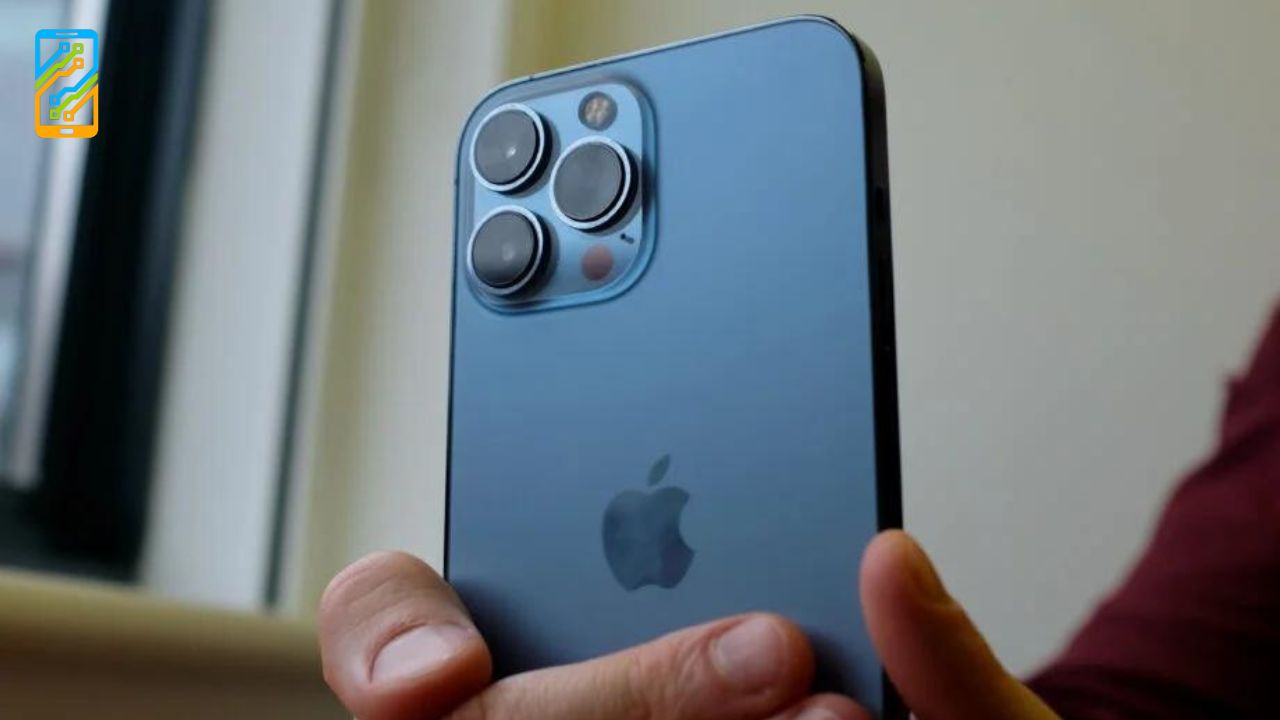iPhone theft is a serious problem that affects millions of users around the world. According to a report by Consumer Reports, more than 3 million smartphones were stolen in the US in 2022, and 44% of them were iPhones. While Apple has introduced various security features to prevent unauthorized access to your device and data, such as Face ID, Touch ID, Find My iPhone, and iCloud backup, there is a new threat that you need to be aware of: iPhone thieves locking you out of your own device.
What is iPhone thieves lock and how does it work?
iPhone thieves lock is a term used to describe a method that some thieves use to gain control over your iPhone and permanently lock you out of your Apple ID account. This means that you will not be able to access your photos, messages, contacts, apps, and other data stored on your iCloud account. You will also lose the ability to track, erase, or restore your device using Find My iPhone. In some cases, the thieves may also drain your bank accounts or steal your identity by using your financial apps or personal information.
The iPhone thieves lock method exploits a security setting called the recovery key, which is an optional feature that you can enable to protect your Apple ID account from online hackers. The recovery key is a randomly generated 28-character code that you need to enter when you reset or regain access to your Apple ID account. You are supposed to keep this code in a safe place and never share it with anyone. However, if you lose your recovery key or forget it, you will be locked out of your account permanently.
The iPhone thieves lock method works as follows:
- The thief spies on your iPhone passcode in public, such as by looking over your shoulder at a bar or a sporting event, or by tricking you into sharing it with them.
- The thief steals your iPhone and uses your passcode to unlock it and access your settings.
- The thief changes your Apple ID password and turns off Find My iPhone, so you cannot track or erase your device remotely.
- The thief sets or resets your recovery key, so you cannot regain access to your Apple ID account without knowing the new code.
- The thief uses your iPhone to access your data, apps, and accounts, and may also sell your device to someone else.
How to prevent iPhone thieves lock?
The best way to prevent iPhone thieves lock is to protect your iPhone passcode from being seen or stolen by anyone. Here are some tips to do that:
- Use Face ID or Touch ID as much as possible when in public, so you don’t have to enter your passcode manually.
- If you have to enter your passcode, cover your screen with your hand or turn away from prying eyes.
- Don’t use a simple or predictable passcode, such as 1234, 0000, or your birthday. Use a strong and unique passcode that is at least six digits long and contains a mix of numbers, letters, and symbols.
- Don’t share your passcode with anyone, even if they claim to be from Apple or your service provider. Apple will never ask for your passcode over the phone, email, or text message.
- Don’t leave your iPhone unattended or out of sight, especially in crowded or unfamiliar places. Keep your iPhone close to you and secure it with a case or a strap.
- Enable the Erase Data feature on your iPhone, which will wipe your device after 10 failed passcode attempts. This will prevent the thief from accessing your data or changing your settings. To enable this feature, go to Settings > Face ID & Passcode (or Touch ID & Passcode) > Erase Data.
How to recover from iPhone thieves’ lock?
If you are a victim of an iPhone thieves lock, you may still have some options to recover your device and data, depending on your situation. Here are some steps you can take:
- Contact your service provider and report your iPhone as stolen. They may be able to block your SIM card and prevent the thief from making calls or using cellular data on your device.
- Contact your bank and other financial institutions and alert them of any suspicious transactions or activity on your accounts. They may be able to freeze your accounts and issue you new cards or credentials.
- Contact Apple Support and explain your situation. They may be able to help you verify your identity and regain access to your Apple ID account, if you have other trusted devices or methods available. For example, you may be able to use your phone number, email address, security questions, or verification code to reset your password or recovery key. However, this may not work if the thief has already changed these settings on your device.
- If you have a backup of your iPhone data on your computer or an external drive, you may be able to restore it to a new or another device. However, this may not work if the backup is outdated or encrypted with your Apple ID password or recovery key.
- If you have enabled iCloud backup on your iPhone, you may be able to access some of your data on iCloud.com or other devices signed in with your Apple ID. However, this may not work if the thief has already deleted your data or turned off iCloud backup on your device.
Conclusion
iPhone thieves lock is a serious threat that can cause you to lose your device and data permanently. To protect yourself from this attack, you need to be careful with your iPhone passcode and never share it with anyone. You also need to enable the security features that Apple provides, such as Face ID, Touch ID, Find My iPhone, and Erase Data. If you are a victim of iPhone thief lock, you need to act quickly and contact your service provider, bank, and Apple Support for help. You may also be able to recover some of your data from your backup or iCloud account, if available.
iPhone thieves lock is a term that you need to remember and avoid at all costs. By following the tips and steps in this article, you can prevent this attack from happening to you and keep your iPhone and data safe and secure.

